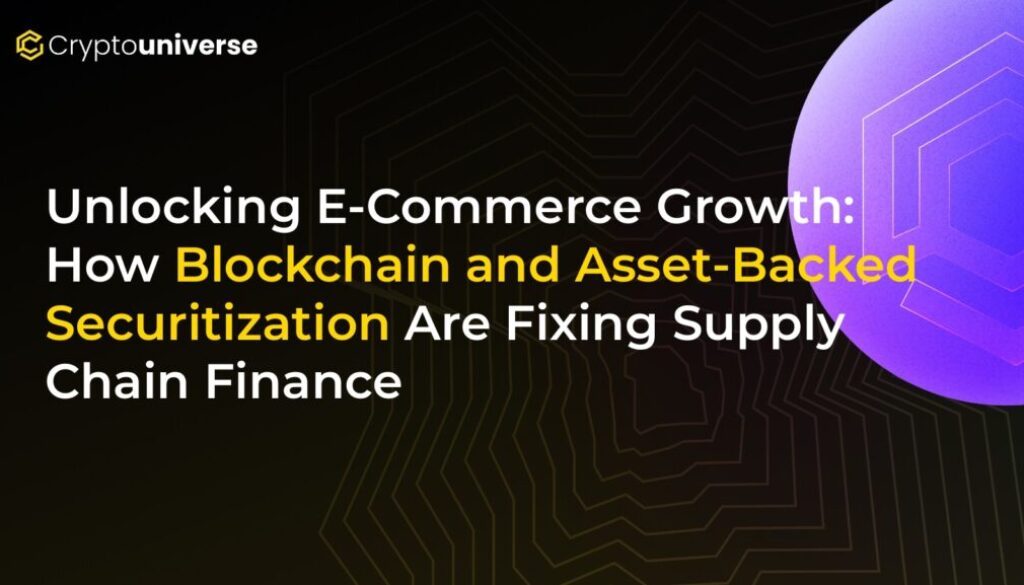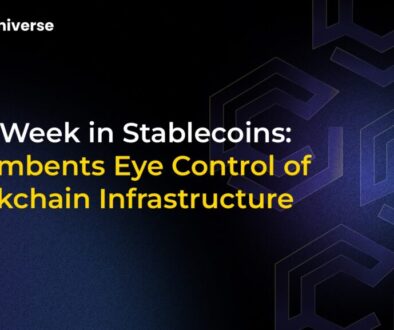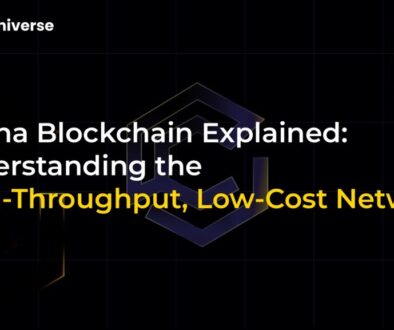Unlocking E-Commerce Growth: How Blockchain and Asset-Backed Securitization Are Fixing Supply Chain Finance

The Billion-Dollar Traffic Jam in E-Commerce Supply Chains
Global e-commerce is a juggernaut, projected to hit over $6 trillion in sales with billions of online shoppers. But behind the seamless “add to cart” experience lies a complex, often fragile supply chain. For every product that reaches your doorstep, countless suppliers, manufacturers, and logistics partners need capital to keep the wheels turning. Retailers often sit on billions in unsold inventory, a massive asset pool that’s frustratingly difficult to turn into liquid cash.
This is where a financial tool called Asset-Backed Securitization (ABS) comes in. In simple terms, it’s the process of bundling future revenue streams (like payments from retailers to suppliers) and selling them to investors as a security. This injects much-needed cash into the supply chain. However, the traditional ABS process is plagued by problems:
- Lack of Trust: Multiple parties are involved, each with their own records. How can an investor be sure the underlying assets are real and not double-counted?
- Inefficiency: The process is slow, paper-heavy, and involves numerous intermediaries, each taking a cut and adding delays.
- Information Gaps: Key information is often siloed, making it difficult to get a clear, real-time view of the entire value chain.
These issues create friction, increase costs, and slow down growth. But a new technological paradigm is poised to change the game entirely.
Enter Blockchain: The Ultimate Supply Chain Co-Pilot
You’ve heard of blockchain in the context of cryptocurrencies like Bitcoin, but its true power lies in its ability to create a secure, transparent, and automated foundation for complex business processes. For supply chain finance, it’s not just an upgrade; it’s a total transformation.
Imagine a single, shared digital ledger that all participants in the supply chain—from the supplier to the e-commerce platform to the end investor—can see and trust. This is what blockchain provides. Its core features directly address the old system’s flaws:
- Transparency & Traceability: Every transaction and movement of goods is recorded on an immutable ledger. This offers real-time, verifiable tracking from factory to warehouse to customer, eliminating disputes and fraud.
- Enhanced Security: Cryptographic algorithms secure the data, ensuring it cannot be altered or tampered with. This builds the trust that the traditional system lacks.
- Automation with Smart Contracts: These are self-executing contracts with the terms of the agreement written directly into code. They can automatically trigger payments to suppliers once goods are verified as delivered, slashing administrative overhead and delays.
Changing the Game: From Mistrust to Mutual Profit
The introduction of blockchain fundamentally changes the strategic decision-making for everyone involved. Recent game-theoretic analysis helps illustrate this shift by comparing scenarios with and without this technology.
The Old Way: A Non-Cooperative Standoff
Without blockchain, the e-commerce supply chain often operates in a low-trust, non-cooperative environment. E-commerce platforms, suppliers, and investors (represented by a Special Purpose Vehicle, or SPV) are wary of each other. Information is hoarded, managers might overestimate returns while underestimating risks, and everyone prioritizes their own interests. This leads to suboptimal outcomes for the entire ecosystem—less efficiency, higher costs, and lower overall profits.
The New Way: A Cooperative, Transparent Ecosystem
With blockchain, the dynamic flips. The system’s built-in transparency and data integrity create a foundation of trust. This makes cooperation not just possible, but far more profitable. When all parties operate from a single source of truth, the entire financing process becomes more efficient. Research shows that this shift significantly boosts the financing returns for e-commerce platforms and helps mitigate the negative impacts of managerial biases like overconfidence.
The Bottom Line: How Blockchain Boosts Returns and Unlocks Value
Moving from theory to practice, implementing
One of the most exciting applications of this is tokenization. Instead of complex legal paperwork, the assets backing the security (like a warehouse full of inventory or a set of invoices) can be represented as digital tokens on a blockchain. This changes everything:
- Liquidity: These tokens can be traded on digital markets 24/7, allowing retailers and suppliers to quickly convert physical goods into working capital. That unsold inventory is no longer a liability; it’s a liquid asset.
- Accessibility: Tokenization breaks down large, illiquid assets into smaller, fractional pieces. This opens up investment opportunities to a much broader range of investors, bringing more capital into the ecosystem.
- Efficiency: Transactions are settled almost instantly via smart contracts, removing the need for costly intermediaries and lengthy settlement periods.
The Future is Autonomous and Decentralized
Blockchain technology allows companies to rebuild their supply chain management from an isolated, internal process into an integrated global ecosystem. We are moving from “islands of insight” to a shared, global view of commerce.
The journey is just beginning. The next frontier is the rise of autonomous businesses—decentralized entities composed of AI agents that manage everything from inventory and trading to treasury, all coordinated on-chain. While challenges in adoption and regulation remain, the path is clear. By integrating blockchain into the financial plumbing of e-commerce, we can create more resilient, transparent, and efficient supply chains that power the next wave of global commerce.


